With a huge exhibition in the Pompidou Centre’s vacated Public Information Library, the artist also asks how we might consider the present to see into the future
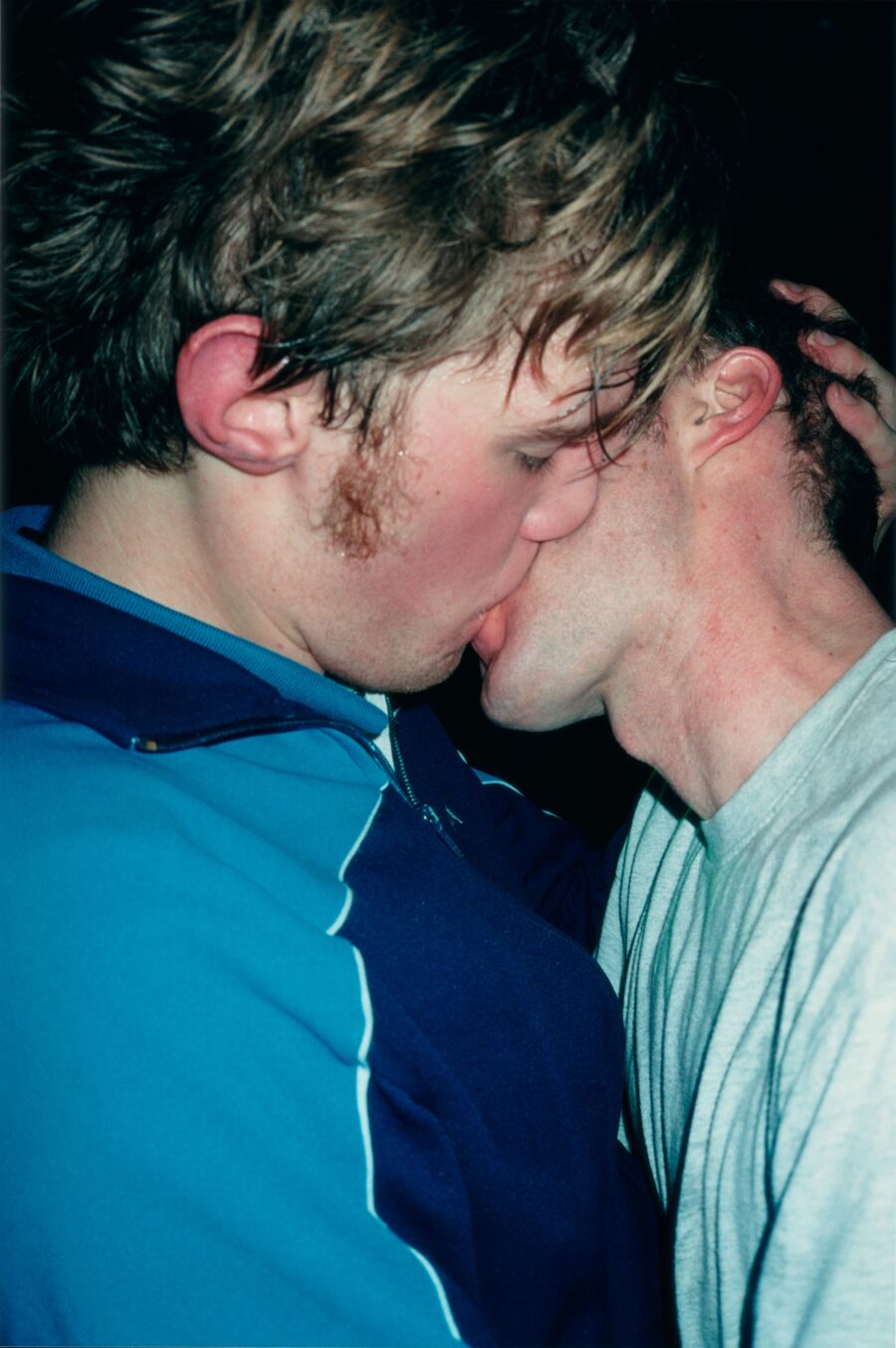

With a huge exhibition in the Pompidou Centre’s vacated Public Information Library, the artist also asks how we might consider the present to see into the future
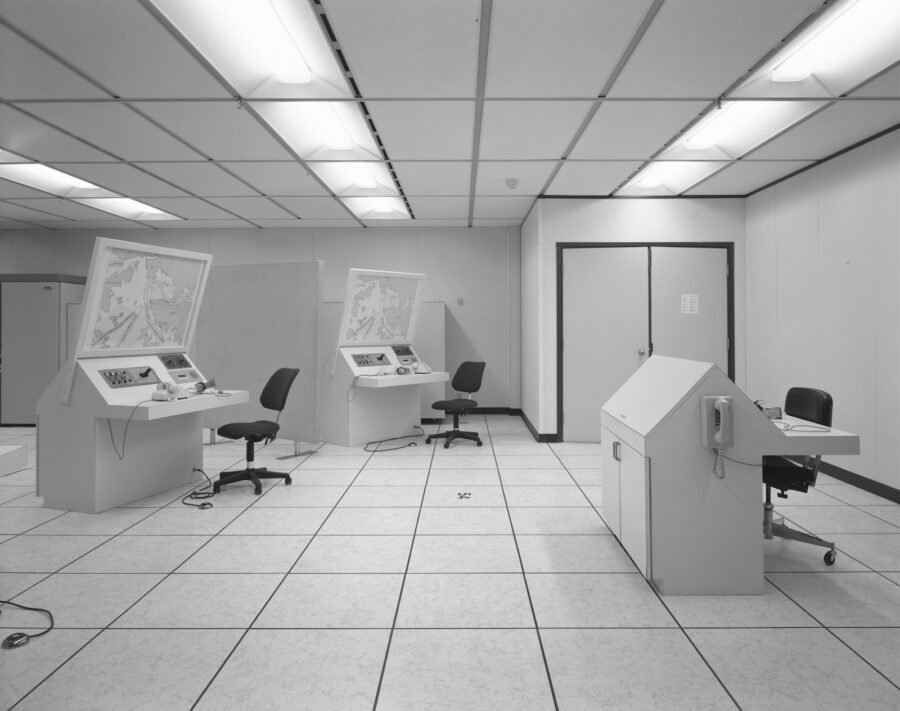
Two decades of the late American photographer’s work reflect on her passion for the performance of everyday spaces, and the ambiguity of human interference

Unframing Colonialism is an eye-opening exhibition curated by Damarice Amao, taking a critical look at how photography furthered the colonial project in France
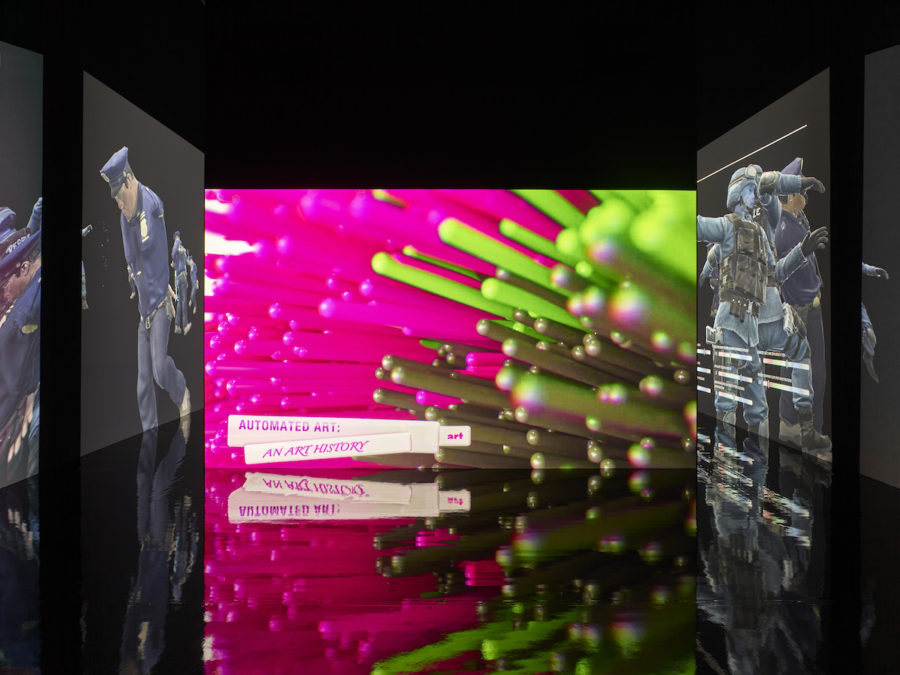
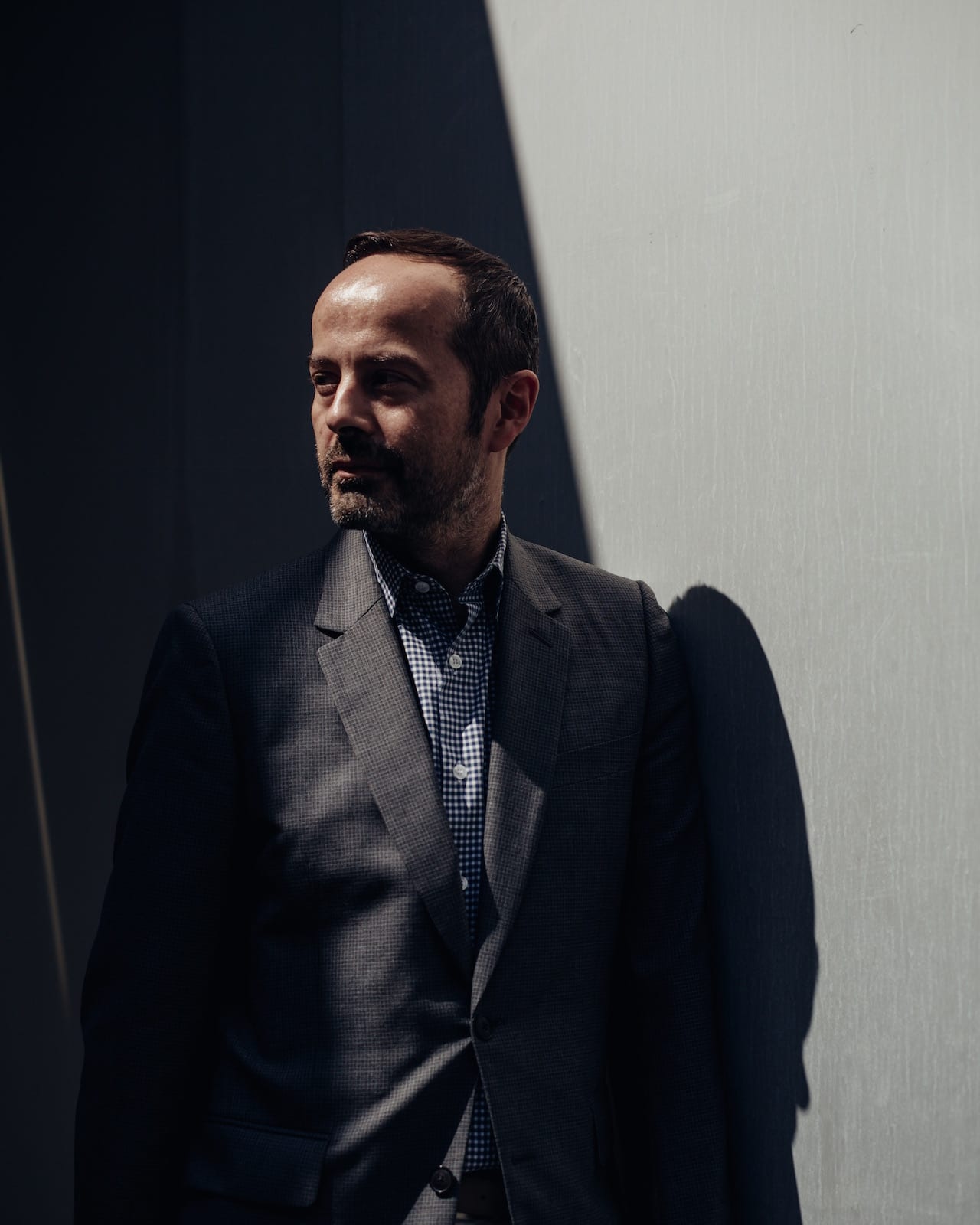
The Parisian curator Quentin Bajac has spent the past two decades working in three of the world’s leading cultural destinations – starting out at the Musée d’Orsay, he moved to Centre Pompidou, and then the most coveted post of all, chief curator of photography at MoMA in New York. Here he shares his insights into photography and life with BJP editorial director Simon Bainbridge
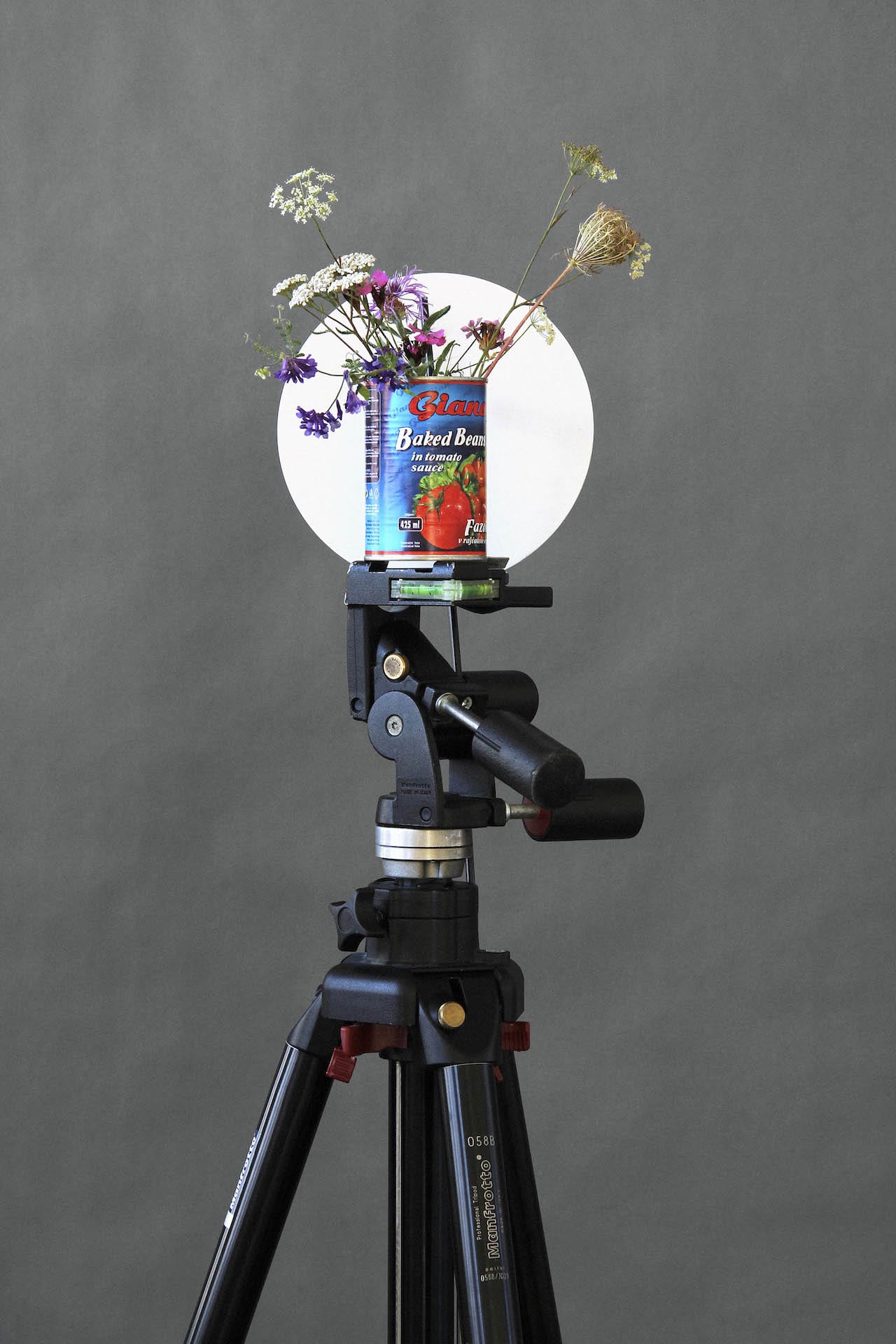
Feeling all shopped out? Take refuge in a photo show – though many are being hosted by private galleries in Paris next week, meaning you can still buy prints if you want to. Photo Saint-Germain is a huge umbrella under which 36 exhibitions and events are taking place, for example, including the Polycopies and Shakespeare & Co book events and several cultural institutes, but also smaller, commercial galleries.
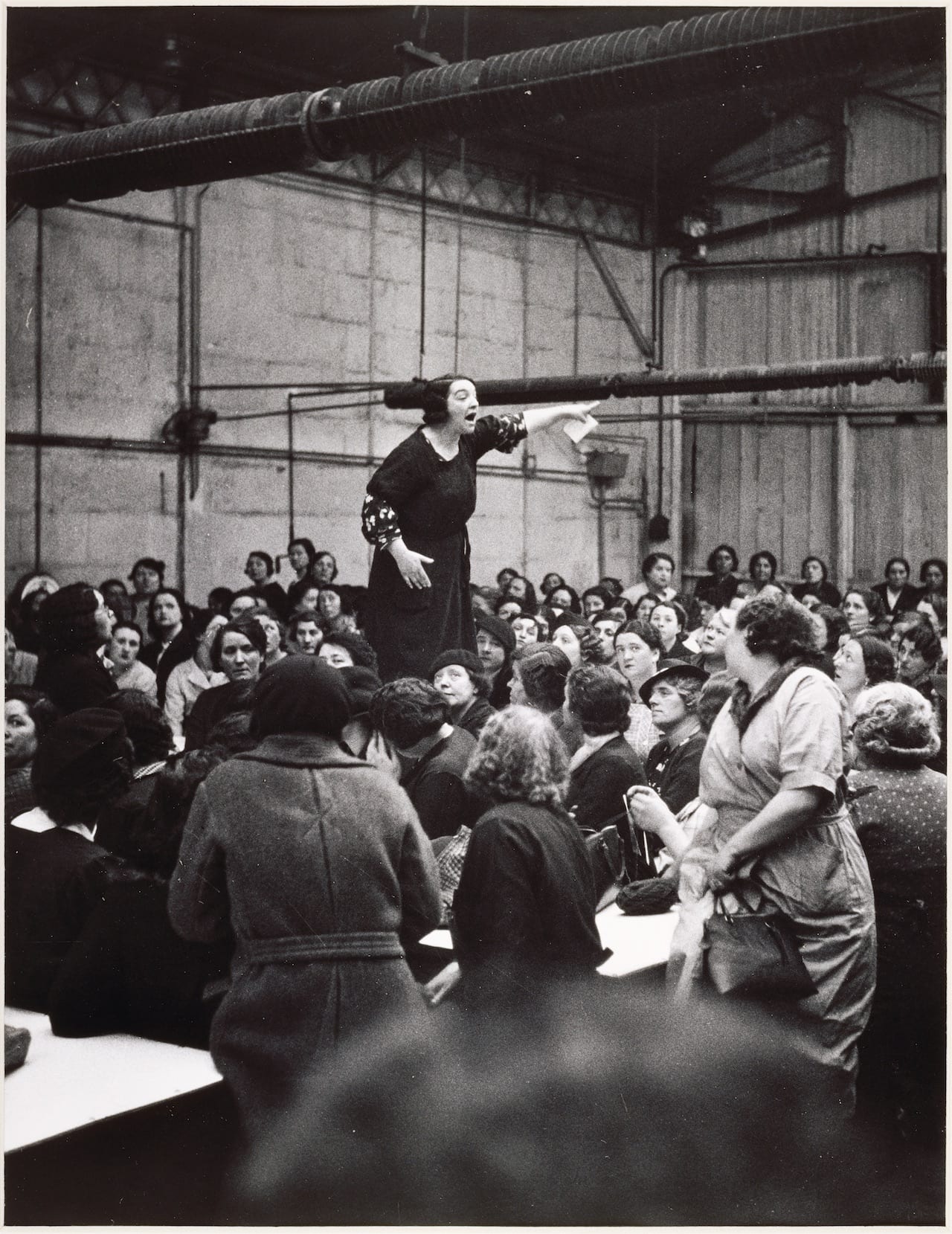
From 07 November to 04 February, the Centre Pompidou in Paris is showing a striking exhibition on a little-known aspect of the roots of 20th century social documentary photography, Photographie, arme de classe [which roughly translates as ‘Photography as a weapon in the class struggle’]. Curated by Damarice Amao, Florian Ebner and Christian Joschke, the show deals with a comparatively unknown period in French photo history, from the end of the 1920s to the arrival of the Front populaire government of 1936 – when the socialist, communist and radical parties formed a short-lived coalition to govern France, with the tacit backing of the Soviet Union.
Photographer and activist Henri Tracol (1909-1997) was the first to formulate the idea that photography could be an “arme de classe”, in the tract he wrote for the photographer’s section of the Association des Écrivains et Artistes Revolutionnaires [‘Association of Revolutionary Writers and Artists’ aka the AEAR], formed in 1932. Although this communist front, Moscow-sponsored organisation only lasted a few years, it attracted many of the leading figures of the day from art, theatre, literature, architecture, and particularly photography. Those who joined were either fellow travellers or politically attached to communism, seeing it as a bastion against the twin evils of the time – fascism and capitalism.
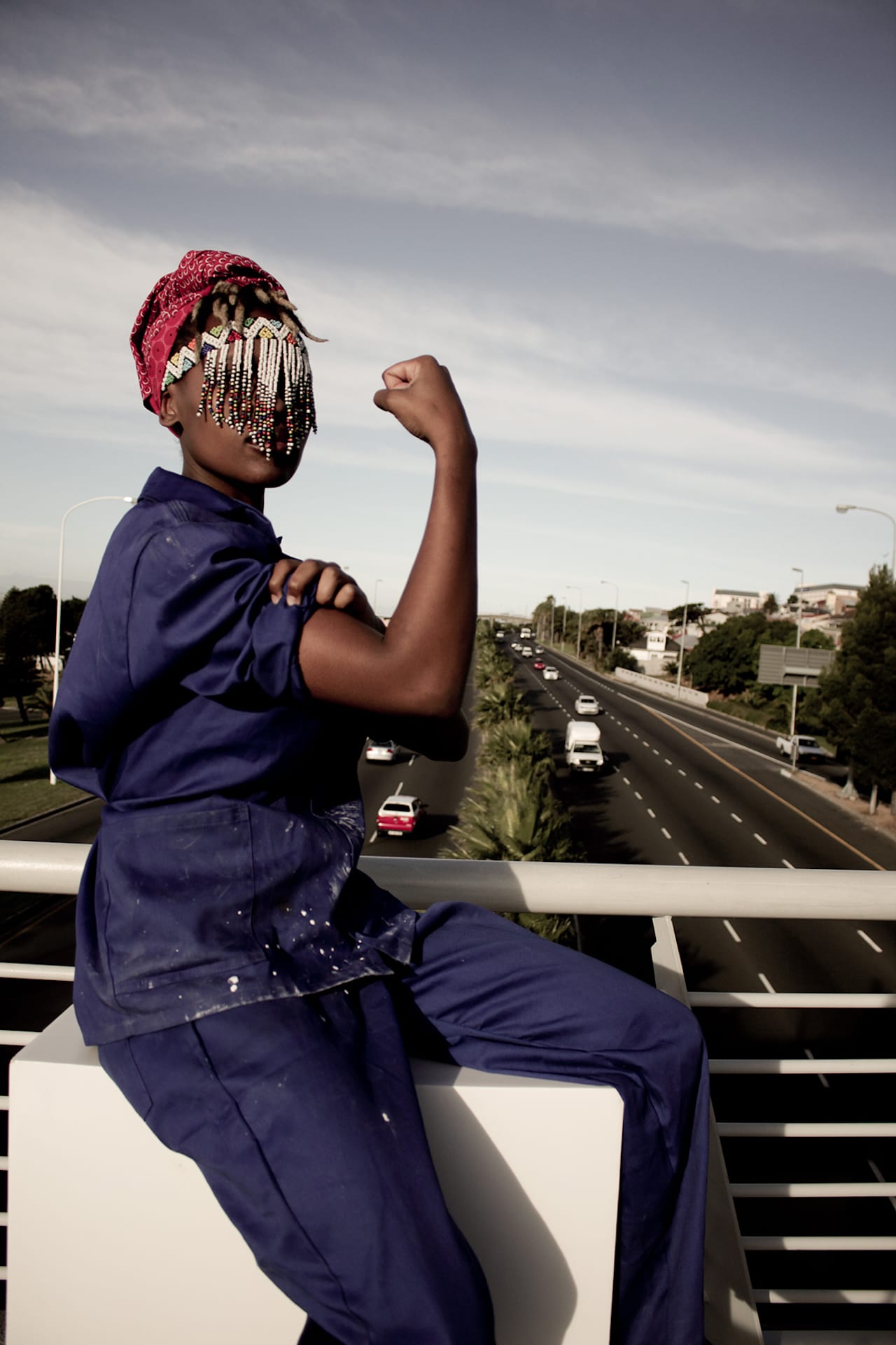
The first event of its kind in Nigeria, LagosPhoto Festival is back for its 9th edition this autumn. Themed Time Has Gone, the main show includes work by 22 artists from around the world who engage with the idea of time in various ways, from issues of archiving to nostalgia to an Afro-based future. Artists featured in the main programme include: Ola Olatunde, who’s from Nigeria; Mary Evans (Nigeria/UK); Alfredo Jaar (Chile); and Emmanuelle Andrianjafy (Madagascar); LagosPhoto has been curated by Eva Barois De Caevel, Wunika Mukan, Charlotte Langhorst, and Valentine Umansky.
In addition other spaces across Lagos will host 41 other exhibitions during LagosPhoto Festival – with the respected Market Photo Workshop, for example, hosting an exhibition of work by emerging image-makers Dahlia Maubane, Sydelle Willow Smith and Tshepiso Mazibuko. The main festival is based in The Federal Printing Press Building on Lagos Island, Lago, and in outdoor exhibitions in spaces such as Ikorodu Park and Freedom Park, while the satellite exhibitions and events will take place in institutions such as the African Artists’ Foundation, Omenka Gallery, and Gallery 16/16.

In our latest issue, Reframing History, we speak with Patrick Waterhouse about his project collaborating…
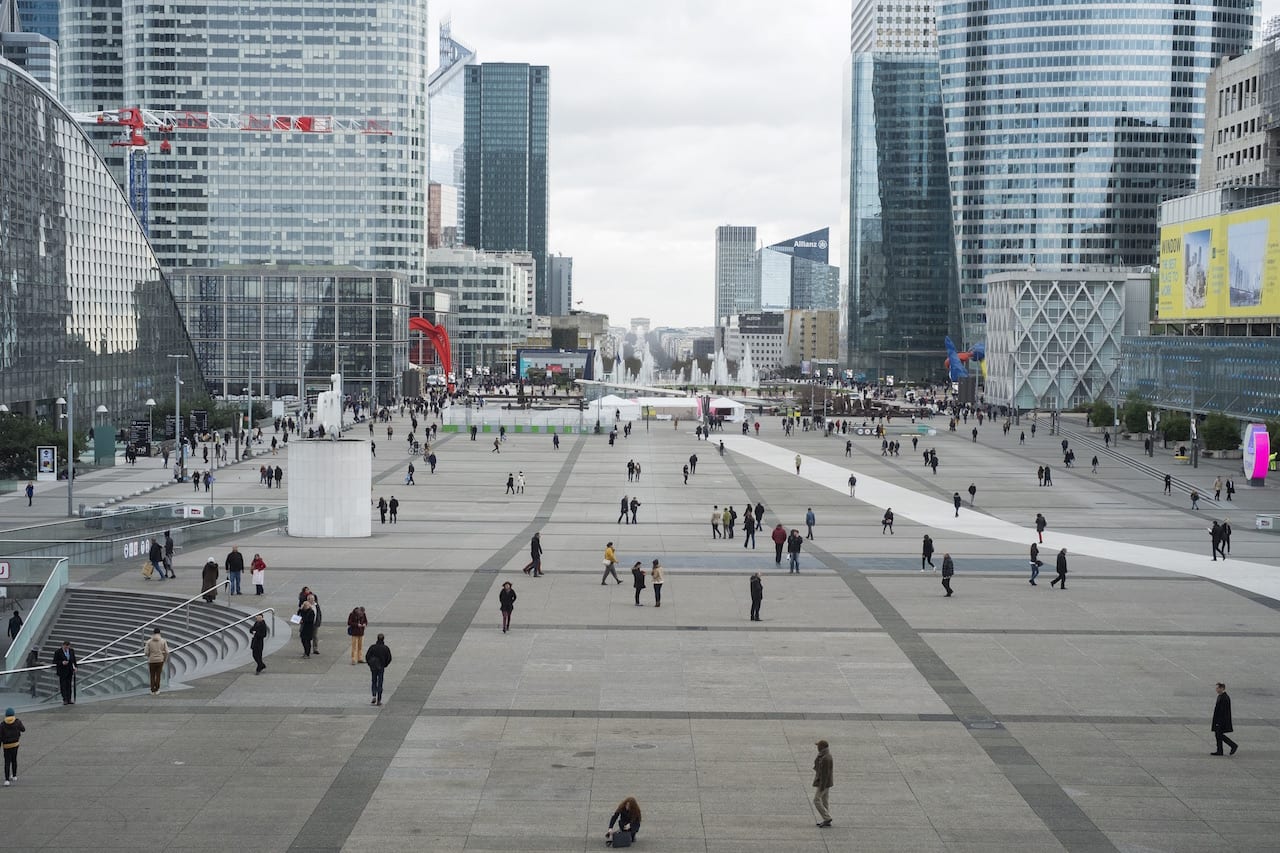
Paulien Oltheten has won the Arles New Discovery Award with her series La Défense, le regard qui s’essaye. Rencontres d’Arles will now buy €15,000 of her work, and add it to the festival collection.
La Défense, le regard qui s’essaye encompasses a video essay, a photo series, and a collection of objects, and was shot mainly in the La Défense financial district in Paris. Recording people going about their everyday lives, the series creates imaginary links between them, adding a fictional element to a documentary project, and a layer of poetry to the otherwise unremarkable. Born in 1982 in Nijmegen, Netherlands, Oltheten studied at the Rijksakademie in Amsterdam, and is now based in Amsterdam and Paris.
Oltheten was selected from the ten photographers who made it into the Arles New Discovery Award exhibition this year – Sinzo Aanza, Monica Alcazar-Duarte, Christto & Andrew, Anne Golas, Chandan Gomes, Thomas Hauser, Anton Roland Laub, Ali Mobasser, Feng Li, Aurore Valade, and Wiktoria Wojciechowska.